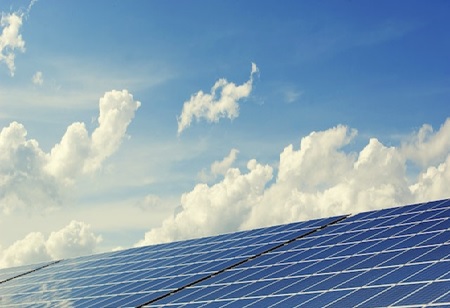With the threat of climate change only increasing the chances of natural disasters, such as severe hurricanes, humans are increasingly relying on technological advancements to produce much-needed aid.
Whether during or after a natural disaster, technological equipment and machinery are changing the face of humanitarian relief. One of the most significant developments is the technological advancement in solar-powered energy.
During Natural Disasters
For Families
Many areas worldwide are prone to hurricanes or tsunamis; most families living there will be aware of this, and, as a result, these families often have a plan should a disaster hit. However, this is mainly if meteorological experts can predict a natural disaster, such as a hurricane.
Bringing with them blackouts and loss of heat, hurricanes can easily disrupt the lives of many - but with solar generators, this disruption can be made into a minor inconvenience. These generators can be used in and outside the home, so they’re great as an emergency or power source on a family road trip or evacuation.
With solar generators storing large amounts of renewable power, families can have an emergency supply to keep the essential appliances going should the worst happen.
